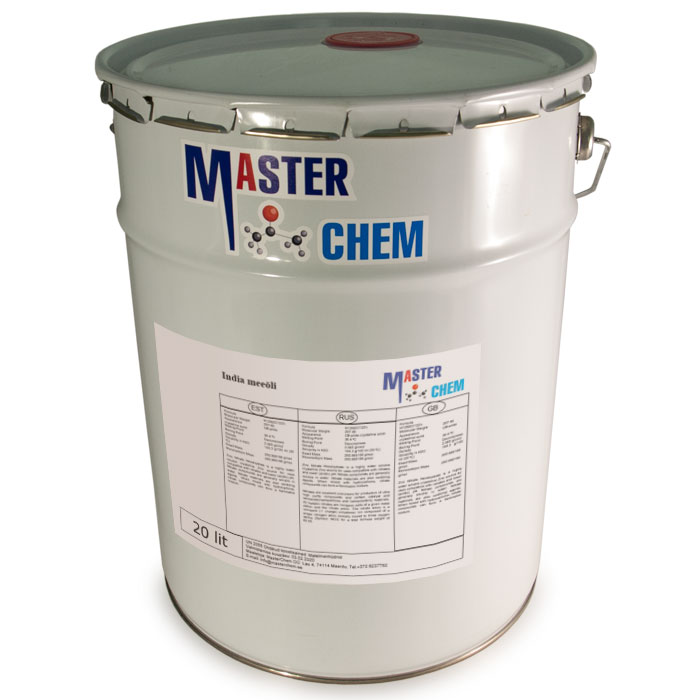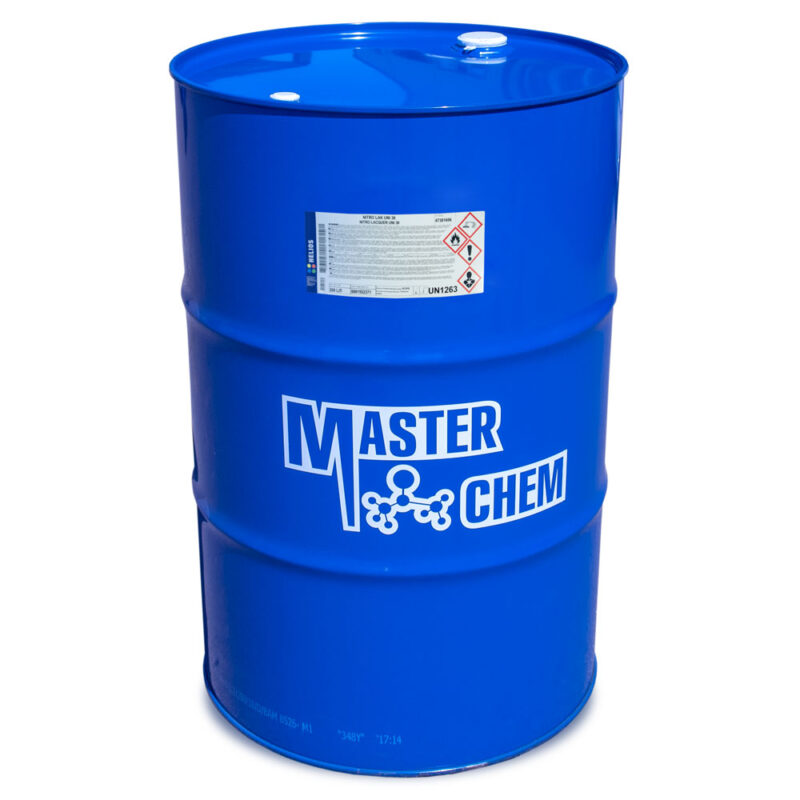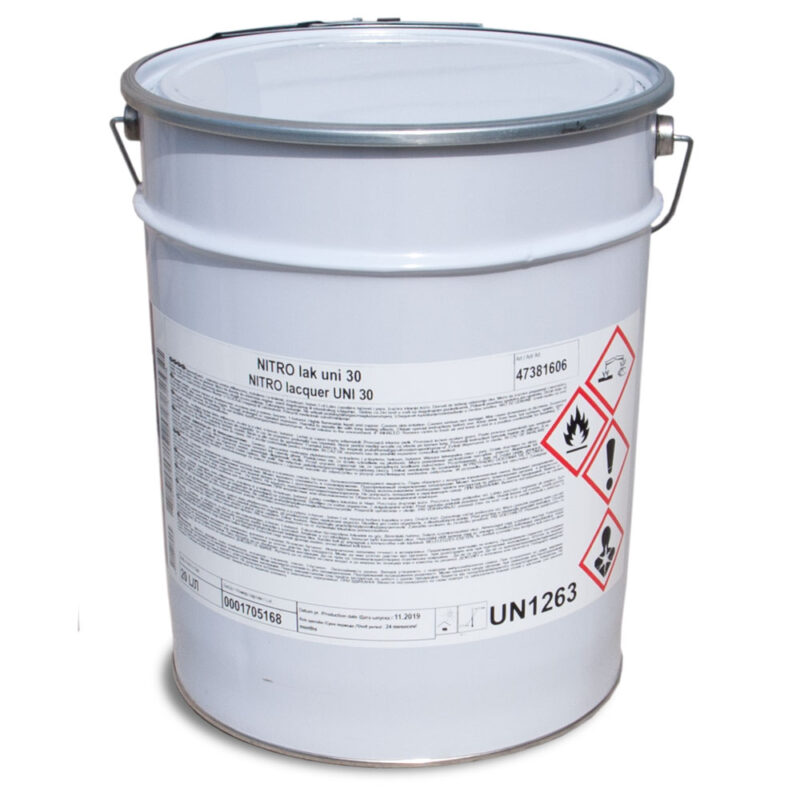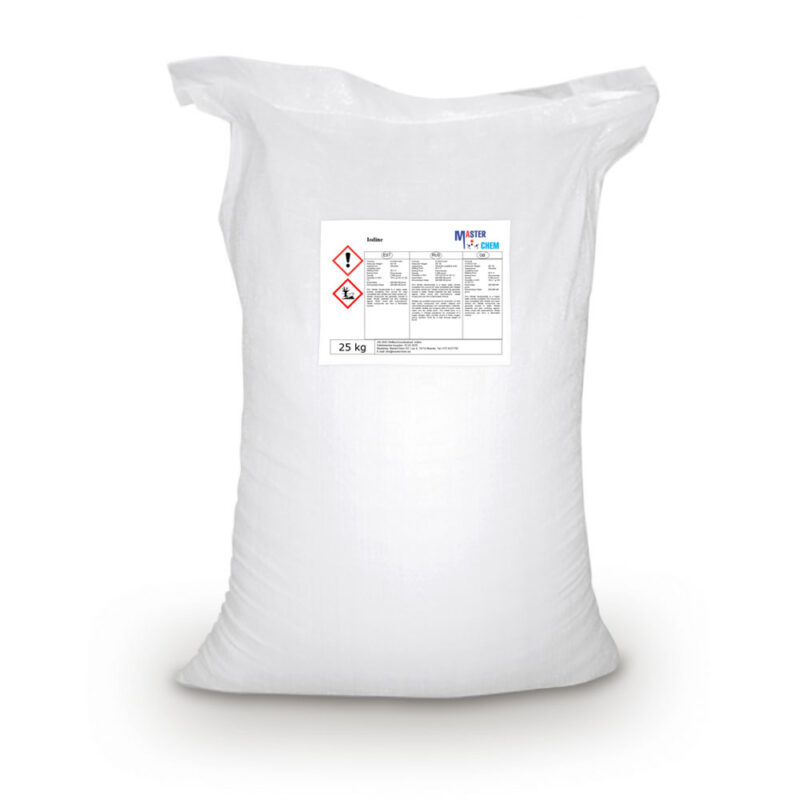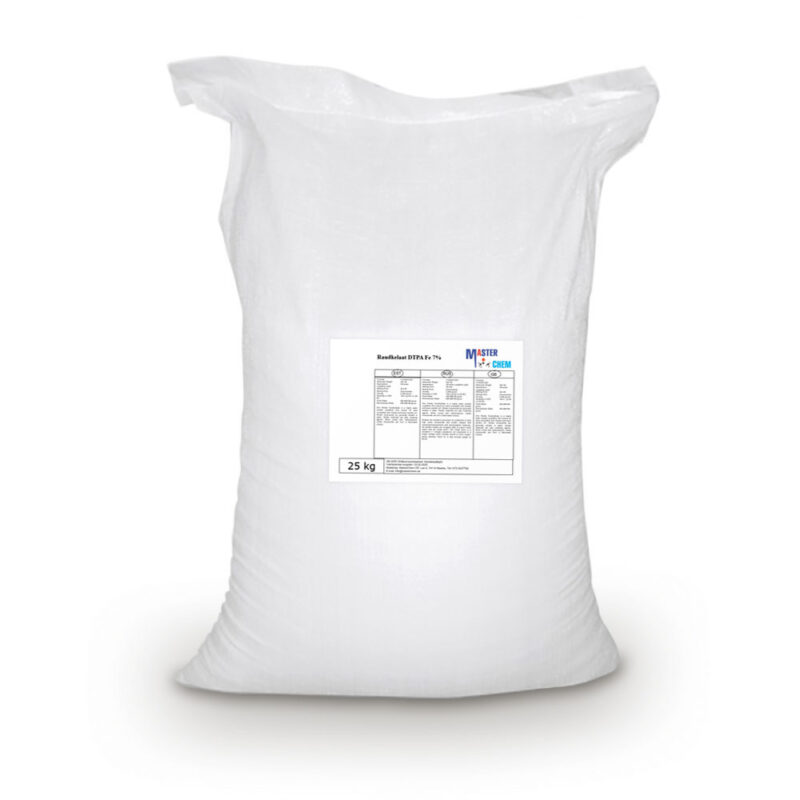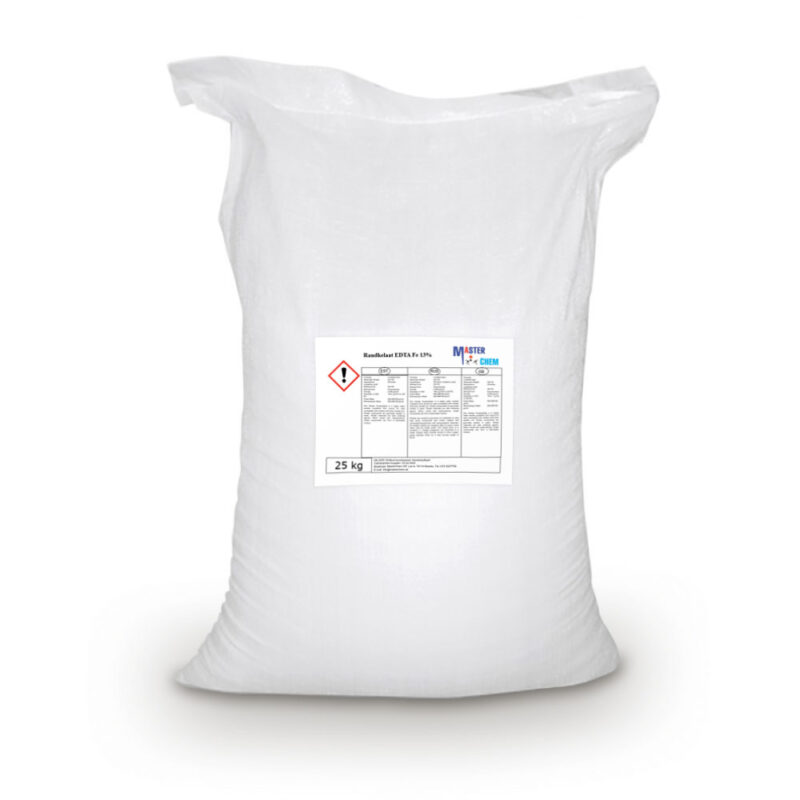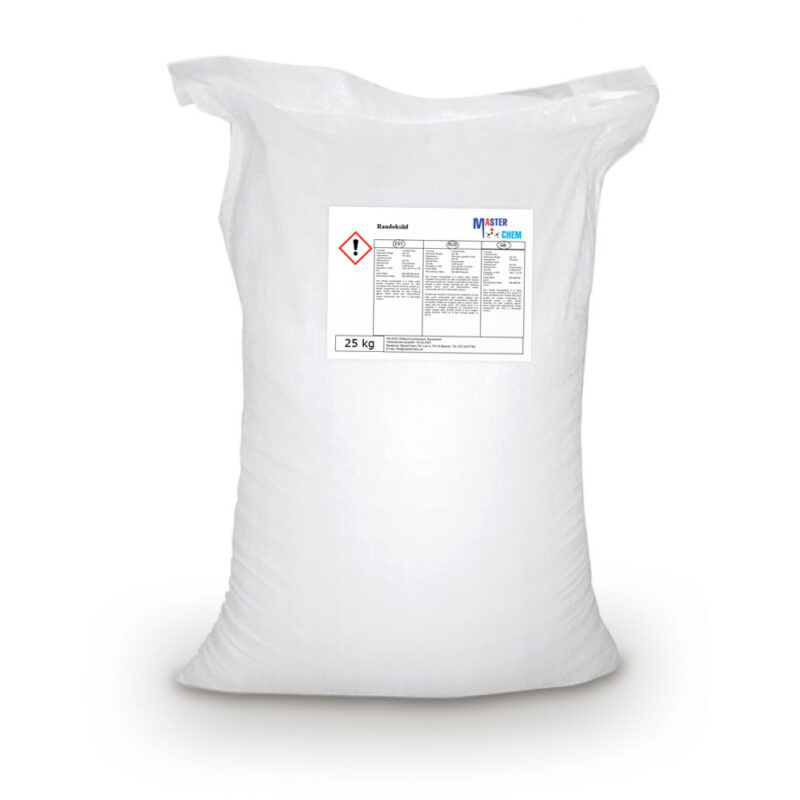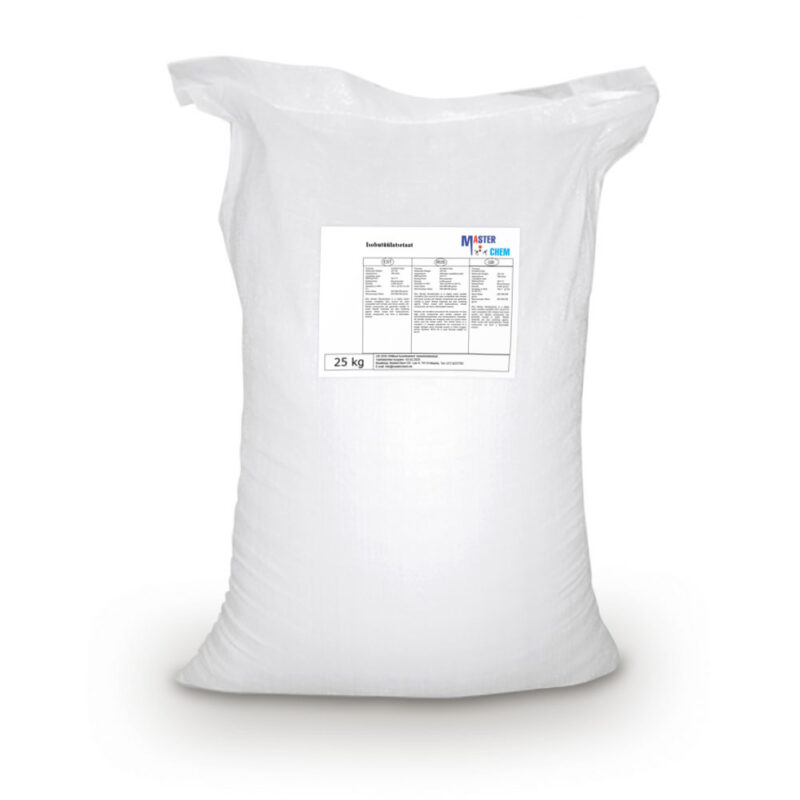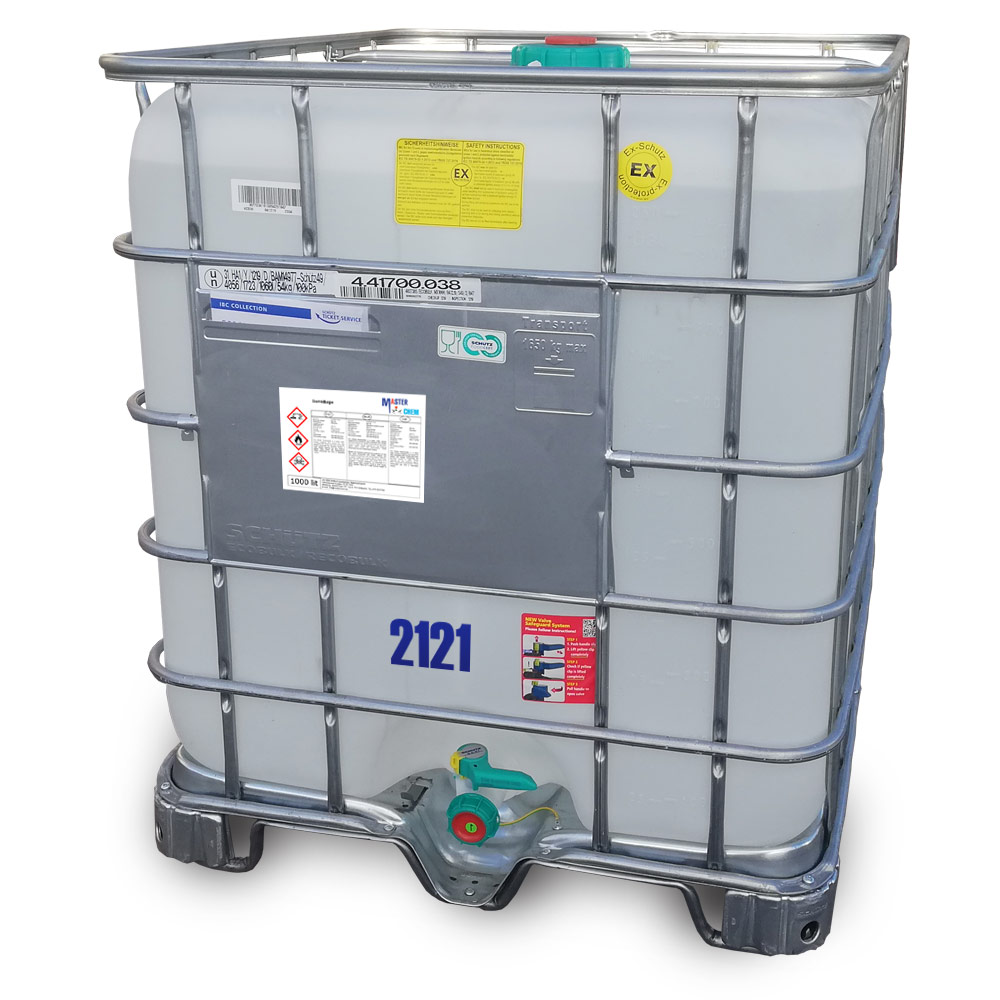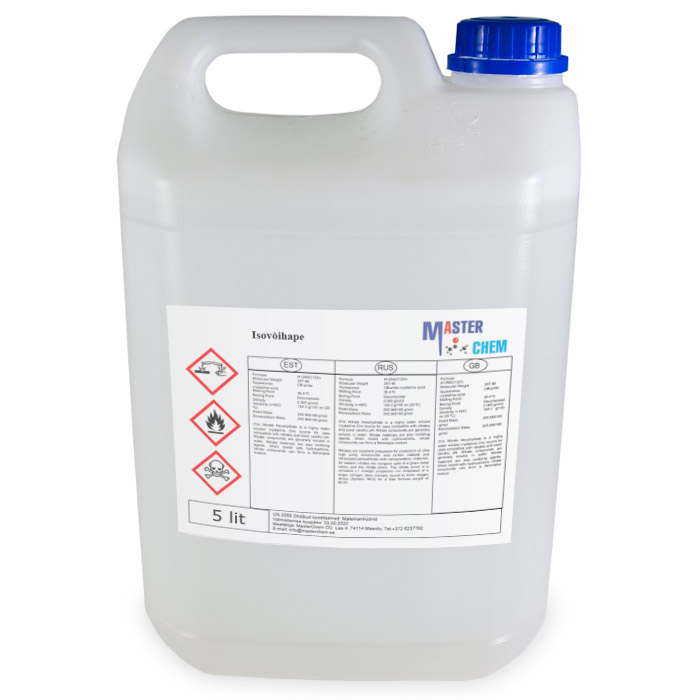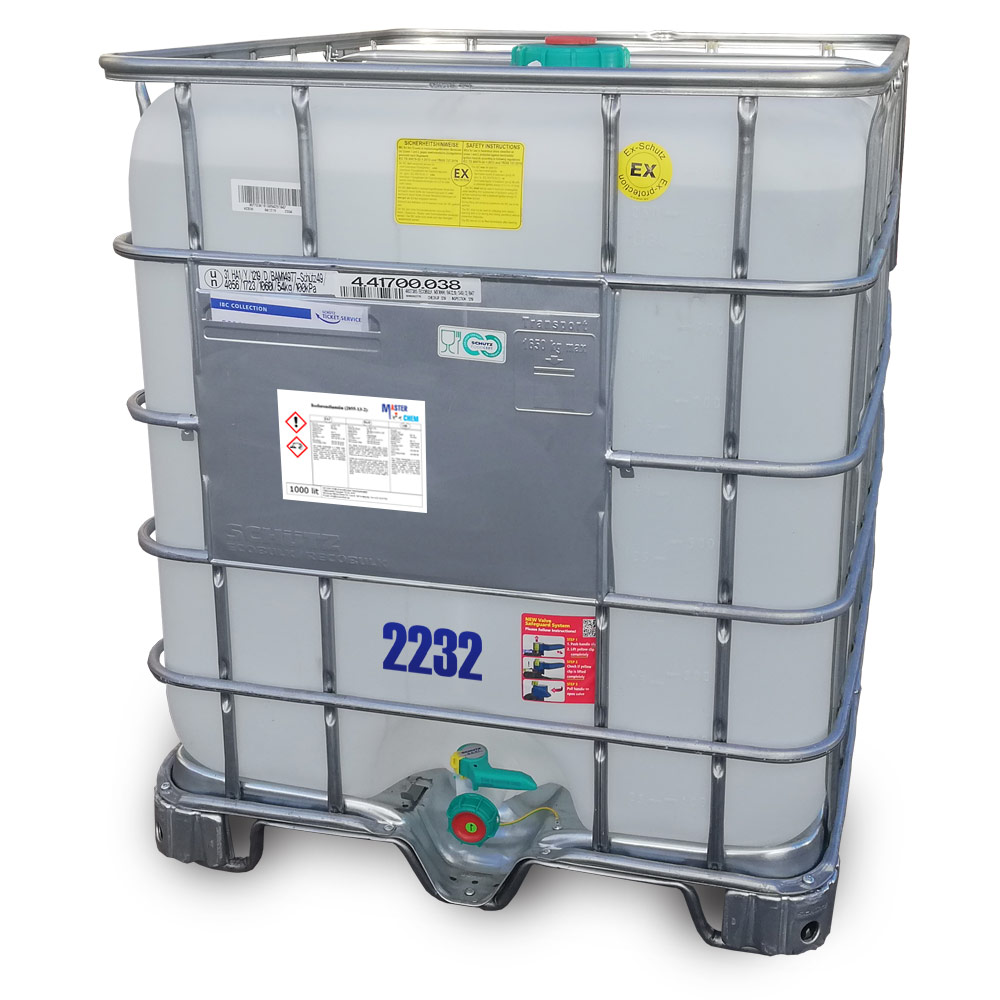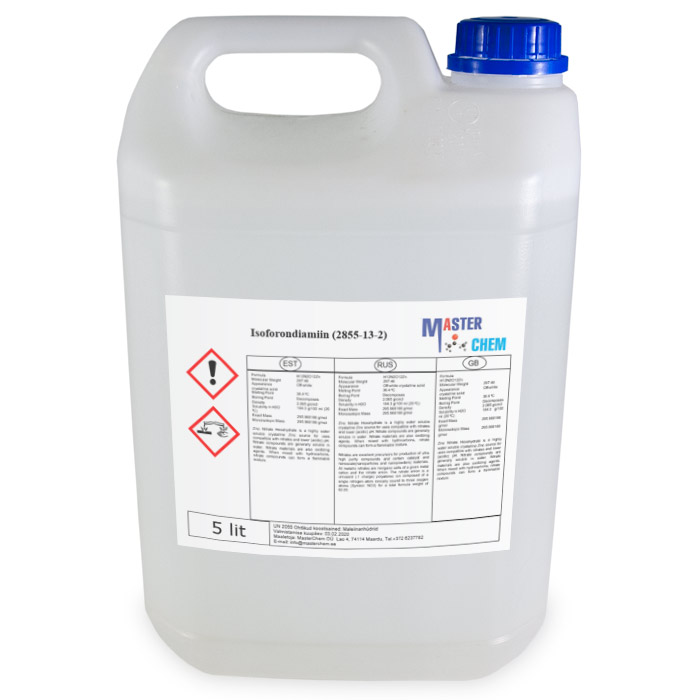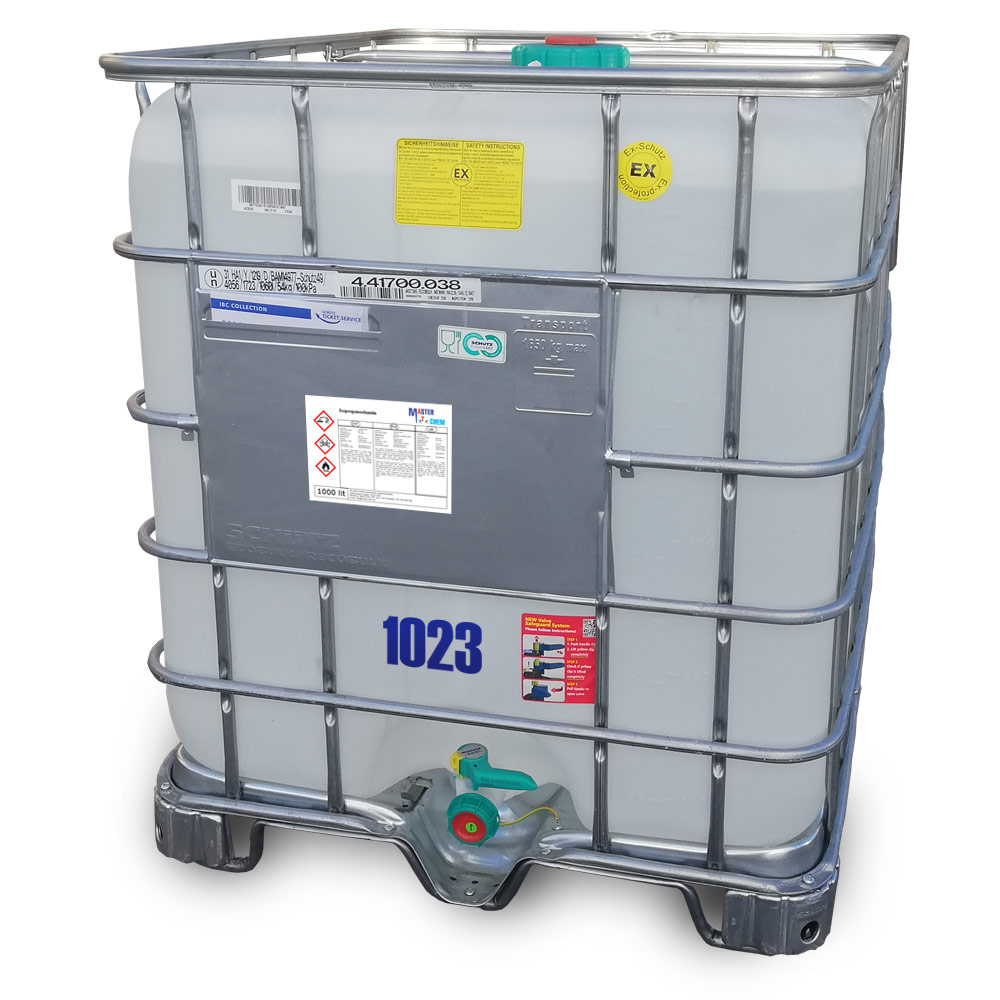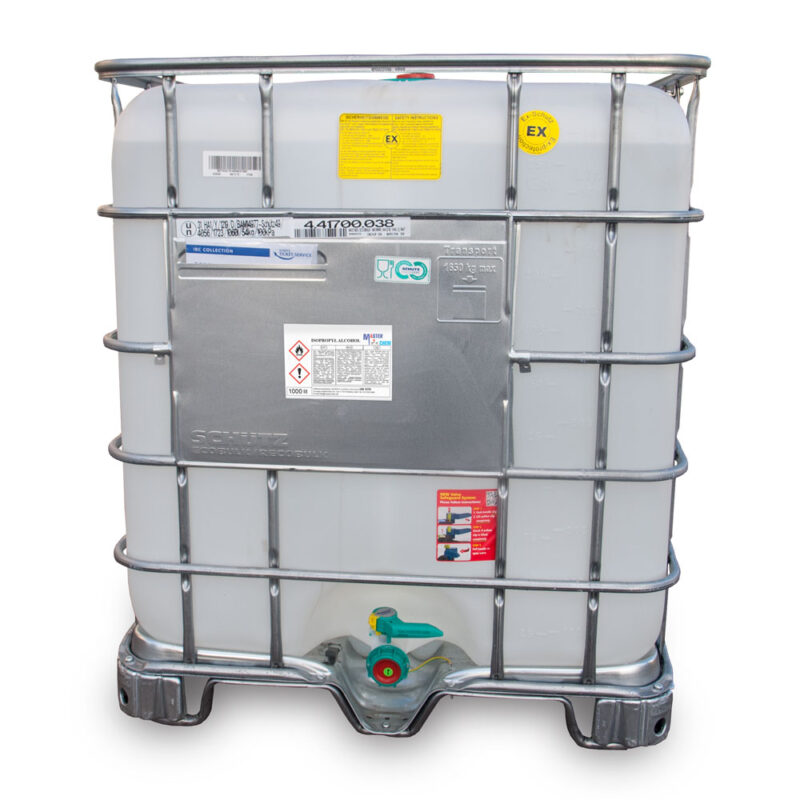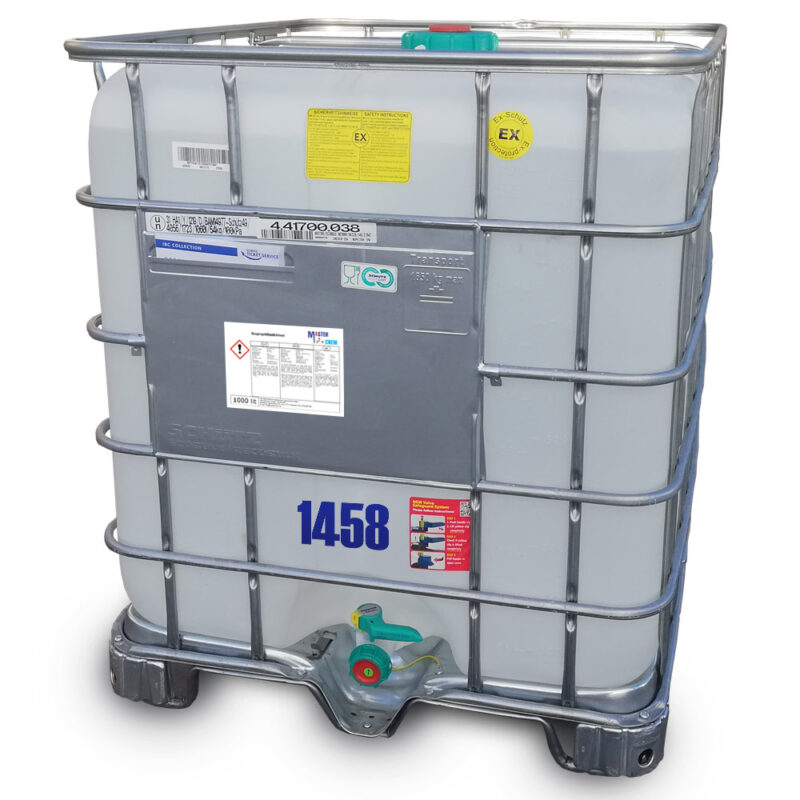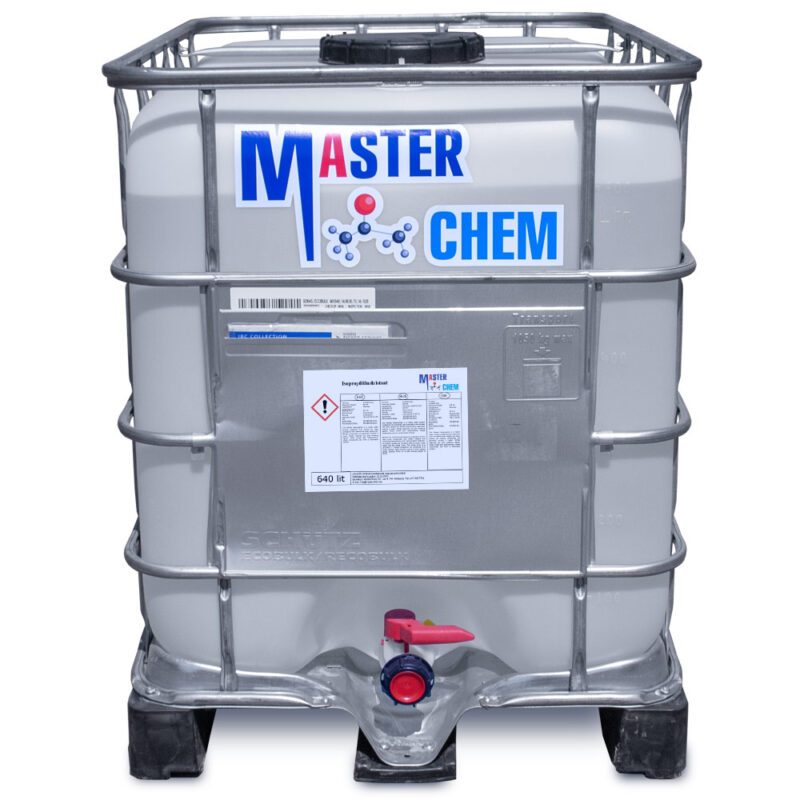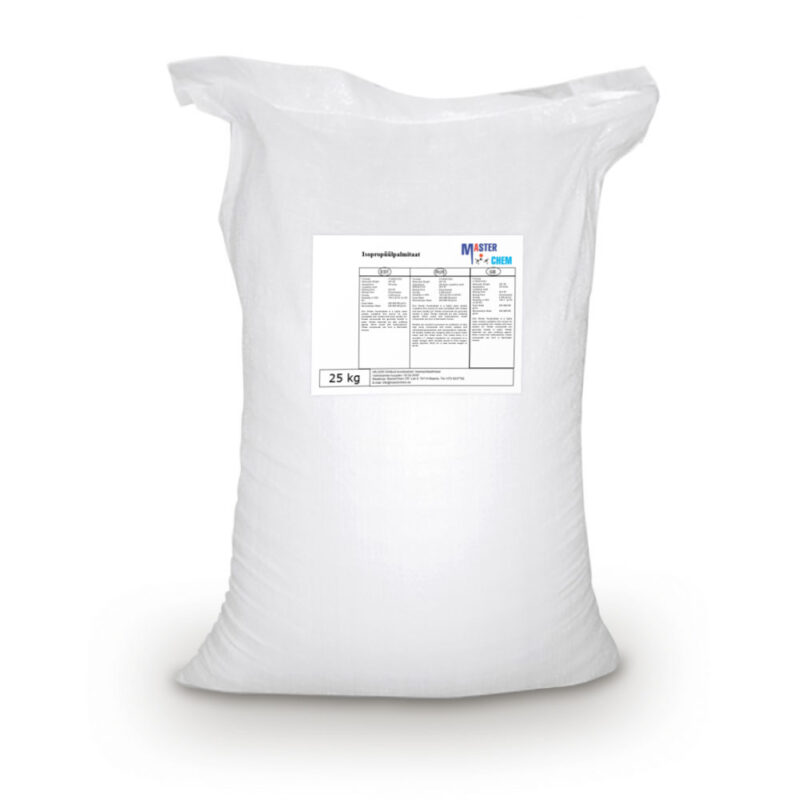Indian honey oil
Indian honey oil
Natural, unrefined, cosmetic, organic cold-pressed neem seed oil. It contains significant amounts of essential fatty acids and vitamins C and E.
Due to its antibacterial and soothing properties, it is often used to treat eczema, psoriasis, dandruff and inflammation.
Regulates the activity of sebaceous glands, reduces sebum secretion, relieves acne.
Industrial Nitro Lacquer Univeral
Industrial Nitro Lacquer Univeral
Definition and application field
NITRO LACQUER UNIVERSAL is a clear coating,for protecting and decorating room furniture and enterior elements (massive and veneer) which are not exposed to significant mechanical and chemical influences. Can be use like base and finish coating.
This product is based on nitrocellulose, alkyd resins and organic solvents, with the addition of funds for grinding and other special additives
Industrial Polyurethane Lacquer Univeral
Two-component polyurethane-based coating
PURPOSE
• It is used as a primer and finish coating in the protective system of paintwork:
• – veneered furniture
• – solid furniture
• – chairs and items of haberdashery
• It is used as a finishing or universal varnish, ie priming and finishing coat with intermediate grinding.
Iodine (CAS 7553-56-2)
Iodine (CAS 7553-56-2)
Iodine is a chemical element with the symbol I and atomic number 53. The heaviest of the stable halogens, it exists as a semi-lustrous, non-metallic solid at standard conditions that melts to form a deep violet liquid at 114 degrees Celsius, and boils to a violet gas at 184 degrees Celsius. The element was discovered by the French chemist Bernard Courtois in 1811, and was named two years later by Joseph Louis Gay-Lussac, after the Greek ἰώδης “violet-coloured”.
Iodine occurs in many oxidation states, including iodide (I−), iodate (IO−
3), and the various periodate anions. It is the least abundant of the stable halogens, being the sixty-first most abundant element. It is the heaviest essential mineral nutrient. Iodine is essential in the synthesis of thyroid hormones. Iodine deficiency affects about two billion people and is the leading preventable cause of intellectual disabilities.
The dominant producers of iodine today are Chile and Japan. Iodine and its compounds are primarily used in nutrition. Due to its high atomic number and ease of attachment to organic compounds, it has also found favour as a non-toxic radiocontrast material. Because of the specificity of its uptake by the human body, radioactive isotopes of iodine can also be used to treat thyroid cancer. Iodine is also used as a catalyst in the industrial production of acetic acid and some polymers.
Iron chelate DTPA Fe 7% (CAS 85959-68-8)
Iron chelate DTPA Fe 7% (CAS 85959-68-8)
Iron chelate DTPA Fe 7% is an iron chelate, which can be used to ensure the intake of the trace element iron. Iron is essential to the crop, since it gives the crop the possibility to develop chloroplasts. These presence of the chloroplasts is crucial, because they are needed in the process of photosynthesis. In addition, iron serves as a nutrient that lets the growth points in the root develop properly.
Thanks to the DTPA chelate, to which he iron is bound, the nutrient remains available to the crop when it reaches the roots or when it is put in the fertilizer solution. With the help of iron chelates, symptoms of deficiency can be prevented, contributing to an optimal growth of the plant.
Iron chelate EDTA Fe 13% (CAS 15708-41-5)
Iron chelate EDTA Fe 13% (CAS 15708-41-5)
Introduction: EDTA ferric sodium salt is the ferric sodium salt of EDTA (Ethylene Diamine Tetraacetic Acid). It is a broad-spectrum molluscicide that is capable of killing snails and slugs and protecting agricultural crops and garden plants. In particular, it can eliminate infestations of Cornu aspersum, the common garden snail. It takes effect through interacting with and destroying hemocyanin, a copper based compound existing in the blood of molluscs and anthropods that is engaged in carrying oxygen (play a similar role with hemoglobin invertebrates). It is capable of killing snails and slugs in a few days. It can also be used as a food fortifier and a source of iron to be supplemented to the foods for nutrition purposes.
Iron oxide (CAS 1309-37-1)
Iron oxide (CAS 1309-37-1)
Iron(III) oxide or ferric oxide is the inorganic compound with the formula Fe2O3. It is one of the three main oxides of iron, the other two being iron(II) oxide (FeO), which is rare; and iron(II,III) oxide (Fe3O4), which also occurs naturally as the mineral magnetite. As the mineral known as hematite, Fe2O3 is the main source of iron for the steel industry. Fe2O3 is readily attacked by acids. Iron(III) oxide is often called rust, and to some extent this label is useful, because rust shares several properties and has a similar composition; however, in chemistry, rust is considered an ill-defined material, described as Hydrous ferric oxide.
Isobutyl acetate (CAS 110-19-0)
Isobutyl acetate (CAS 110-19-0)
The chemical compound isobutyl acetate, also known as 2-methylpropyl ethanoate (IUPAC name) or β-methylpropyl acetate, is a common solvent. It is produced from the esterification of isobutanol with acetic acid. It is used as a solvent for lacquer and nitrocellulose. Like many esters it has a fruity or floral smell at low concentrations and occurs naturally in raspberries, pears and other plants. At higher concentrations the odor can be unpleasant and may cause symptoms of central nervous system depression such as nausea, dizziness and headache.
Isobutyric Acid (CAS 79-31-2)
Isobutyric Acid (CAS 79-31-2)
Isobutyric acid, also known as 2-methylpropanoic acid or isobutanoic acid, is a carboxylic acid with structural formula (CH3)2CHCOOH. It is an isomer of n-butyric acid. It is classified as a short-chain fatty acid. Deprotonation or esterification gives derivatives called isobutyrates.
Isobutyric acid is a colorless liquid with a somewhat unpleasant odor. It is soluble in water and organic solvents. It is found naturally in carobs (Ceratonia siliqua), in vanilla, and in the root of Arnica dulcis, and as an ethyl ester in croton oil.
Production
Isobutyric acid is manufactured by the oxidation of isobutyraldehyde, which is a byproduct of the hydroformylation of propylene.
It can also be prepared by the high pressure hydrocarboxylation (Koch reaction) from propylene: CH3CH=CH2 + CO + H2O → (CH3)2CHCO2H
Isophorone diamine (2855-13-2)
Isophorone diamine (usually shortened to IPDA) is a chemical compound and specifically a diamine with the formula (CH3)3C6H7(NH2)(CH2NH2). It is a colorless liquid. It is a precursor to polymers and coatings.
Isopropanolamine (CAS 75-31-0)
Isopropanolamine (CAS 75-31-0)
1-Aminopropan-2-ol is the organic compound with the formula CH3CH(OH)CH2NH2. It is an amino alcohol. The term isopropanolamine may also refer more generally to the additional homologs diisopropanolamine (DIPA) and triisopropanolamine (TIPA).
1-Aminopropan-2-ol is chiral. It can be prepared by the addition of aqueous ammonia to propylene oxide.
The isopropanolamines are used as buffers. They are good solubilizers of oil and fat, so they are used to neutralize fatty acids and sulfonic acid-based surfactants. Racemic 1-aminopropan-2-ol is typically used in metalworking fluid, waterborne coatings, personal care products, and in the production of titanium dioxide and polyurethanes. It is an intermediate in the synthesis of a variety of pharmaceutical drugs
Isopropyl myristate (CAS 110-27-0)
Isopropyl myristate (CAS 110-27-0)
Isopropyl myristate (IPM) is the ester of isopropyl alcohol and myristic acid.
Isopropyl myristate is a moisturizer with polar characteristics used in cosmetics and topical medical preparations to ameliorate the skin absorption. Isopropyl myristate has been largely studied and impulsed as a skin penetration enhancer. At the moment the primary usage for which isopropyl myristate is formally indicated is as the active ingredient in a non-prescription pediculicide rinse.
Isopropyl palmitate (CAS 142-91-6)
Isopropyl palmitate (CAS 142-91-6)
Isopropyl palmitate is a fatty acid ester obtained by the formal condensation of carboxy group of palmitic acid with propan-2-ol. Metabolite observed in cancer metabolism. It has a role as a human metabolite. It is a fatty acid ester and an isopropyl ester. It derives from a hexadecanoic acid. The chemical formula is CH3(CH2)14COOCH(CH3)2.

